When you think of deadly animals, images of sharks, bears or vampire bats likely come to mind. Even though these particular creatures can be deadly to people, they aren’t known to kill as many humans each year as other types of animals. You may be surprised to learn that some animals that are thought to be relatively harmless are actually quite dangerous and cause far more human deaths around the world annually.
If you don’t want to become a statistic, you should do everything possible to avoid these 10 animals that are known to be deadly to humans.
1. Hippopotamuses

You might think that the hippo is a relatively harmless creature because of its depictions in cartoons, books and songs as a seemingly friendly and cuddly creature. The truth is, hippopotamuses can be quite aggressive and have been known to charge at humans and even overturn boats, causing some people to drown. These creatures can also kill by biting into people with their sharp teeth and powerful jaws. A yawning or laughing hippo is indicating that it’s about to attack, and you should definitely turn the other way and get away from it as fast as possible if it’s showing these signs of aggression. Some statistics state that around 3,000 humans are killed by hippopotamuses annually.
2. Freshwater Snails
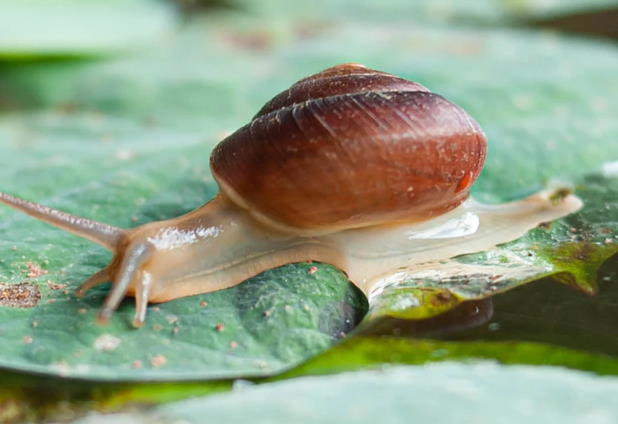
A snail is probably one of the last creatures that comes to mind when you think of a deadly animal, but freshwater snails can be quite dangerous to humans in certain situations. Freshwater snails that have been captured and prepared for eating are usually safe, but these small, sluggish creatures are known to carry parasites that can be deadly to humans. These parasites are often released into the water by live snails and can infect people who are swimming in the water. A parasitic disease from snails known as schistosomiasis infects around 250 million people each year in places like Asia and South America. Parasites from freshwater snails kill around 10,000 people annually.
3. Mosquitoes

These annoying insects are not only bothersome; they cause millions of human deaths around the world each year. Their bites can transmit viruses and other diseases that often result in fatal health problems. Mosquitoes are particularly problematic in developing nations that aren’t able to offer adequate medical care. Among the viruses that can be transmitted to humans through mosquito bites include the Zika and West Nile viruses. Mosquito bites are also known to cause dengue, yellow fever and malaria, which can all be deadly if untreated.
4. Bees, Wasps and Hornets
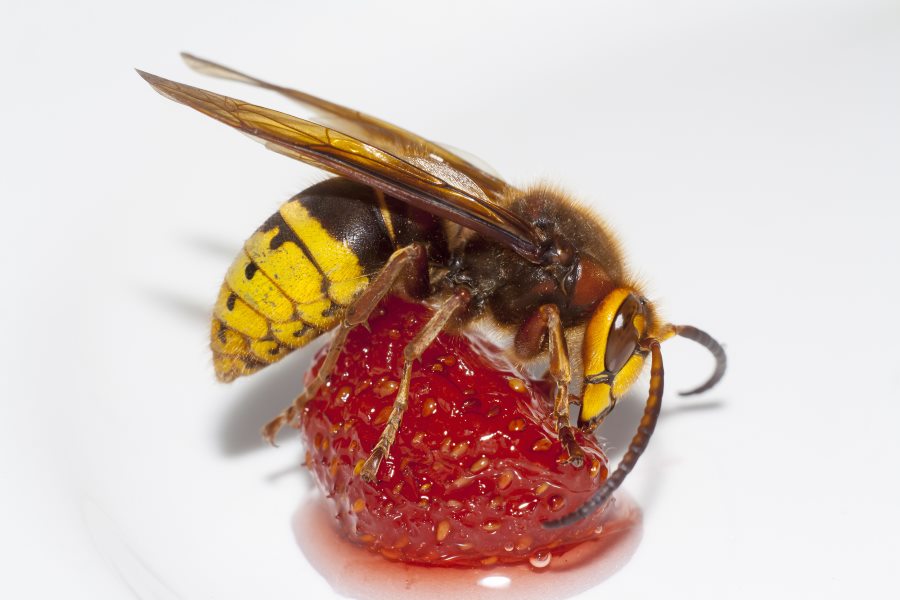
Being stung by any of these tiny flying creatures can wreak devastation on people who experience allergic reactions. The toxins that are injected with these stings can affect local and widespread parts of the body. Severe allergic reactions can lead to major swelling that blocks the trachea (windpipe) and be fatal. Epinephrine and other medications can be given to combat allergic reactions, but waiting too long to seek these treatments could prove deadly. Men are more prone to allergic reactions from stings than women. Annual worldwide death totals from bee, wasp and hornet stings usually range from 500 to 1,000 people, but you should still take precautions around these critters to decrease your chances of getting stung and experiencing allergic reactions.
5. Scorpions

These tiny creatures are often found in deserts and other hot climates and inject venom from their tails when they sting. About 20 to 50 scorpion species have venom that is powerful enough to kill humans. Among the most poisonous scorpion species that people should avoid include the Arizona bark, yellow fattail and deathstalker. Scorpions are often active at night, and you might get stung if one is hiding in some of your clothing or in a shoe. It is estimated that around 1.2 million people are stung globally each year from scorpions, with 3,250 of these stings being fatal.
6. Snakes
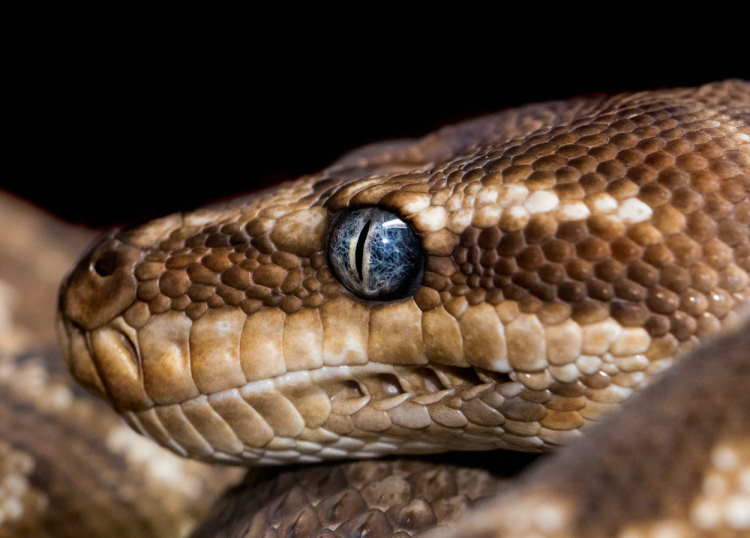
Not all snakes are dangerous, but some may bite and inject their deadly venom into people if they feel threatened. The Indian cobra, inland taipan and eastern brown snake are among the deadliest snakes, and some snakes even have enough venom to kill an adult human in less than an hour with just a single bite. It is believed that at least 80,000 people worldwide die each year from poisonous snakebites. Even snakes that aren’t poisonous, such as the boa constrictor, can cause death by wrapping themselves tightly around a person and restricting their air supply.
7. Deer

Yes, you read that right. Even Bambi can be your worst enemy in some situations. Most deer are shy around humans and try to flee quickly to avoid danger, but attacks on humans may occur if a deer is trying to protect its young. Drivers have also suffered fatal accidents when colliding with deer that run suddenly onto the road. Ticks and other parasites on deer can also be fatal when transferred to humans. Human deaths that are caused by car accidents involving deer total around 150, but the combined total of fatal and nonfatal deer-related car accidents each year in the U.S. totals around 1.5 million.
8. Hyenas
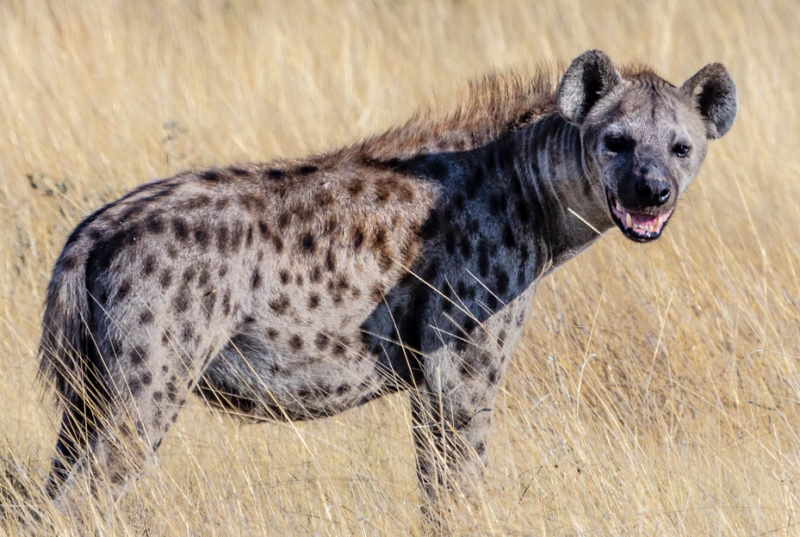
Even though the exact number of people that are killed by hyenas each year is difficult to find, these dog-like creatures with their high-pitched laughs are known to roam in packs and have attacked people in Africa and parts of Western Asia. One of the most gruesome aspects of the way that hyenas attack is that they start eating their prey alive without killing it first, leaving the victim to endure the pain of each bite while their flesh is being torn. There have been reports of hyenas entering villages and attacking people as they sleep.
9. Jellyfish

Although most types of jellyfish aren’t deadly to humans, certain species carry toxins that can kill people when stung. Most people who are stung by jellyfish will experience a burning sensation and some adverse skin reactions, but the unpleasant effects are usually temporary and don’t cause any long-term problems. However, the sea nettle, lion’s mane and sea wasp box jellyfish are among the most toxic species and have been known to kill people. A sting from any type of jellyfish can also be fatal if you’re more allergic to the toxin than the average person. There isn’t an exact worldwide count on the number of people who are killed worldwide each year, but it’s estimated that 20 to 40 people in the Philippines are killed each year from fatal jellyfish stings.
10. Ostriches
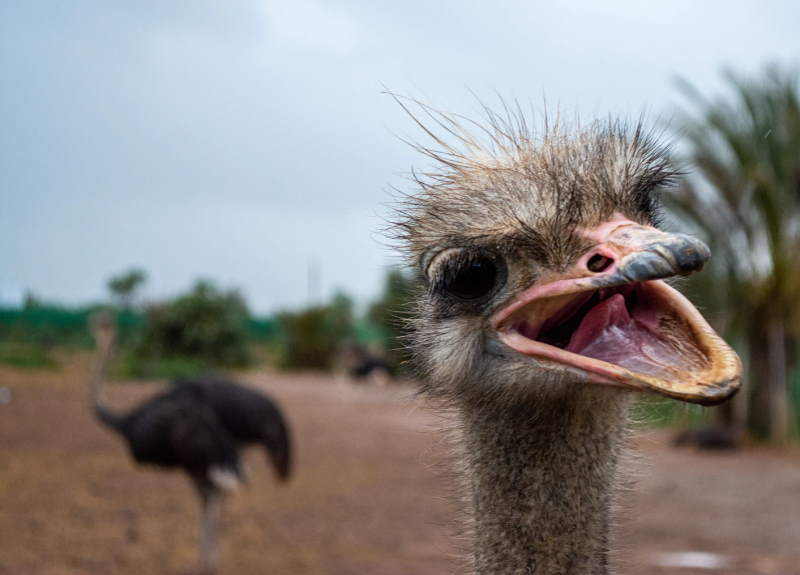
No figures exist that detail the number of people who are killed globally each year in ostrich attacks, but these flightless birds should be avoided if you ever encounter them in the African savannah or desert. Ostriches defend themselves with their powerful kicks if they feel threatened, and one kick alone is enough to kill a person or even a lion. Their sharp toes can also cut like razors and leave fatal wounds. When chasing perceived threats, ostriches can reach sprinting speeds of 43 miles per hour and cover 10 to 16 feet in only one stride.
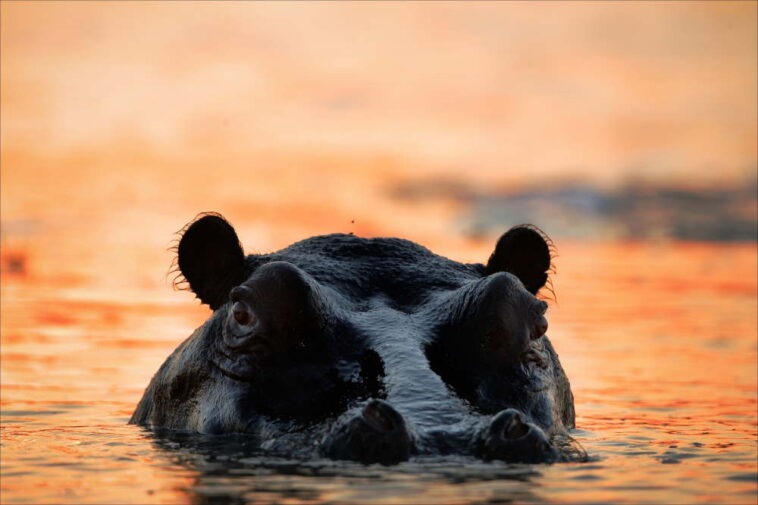



Comments
0 comments